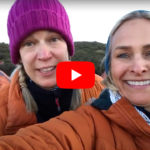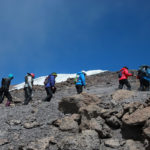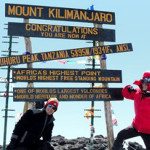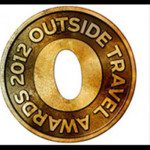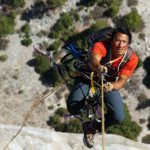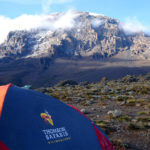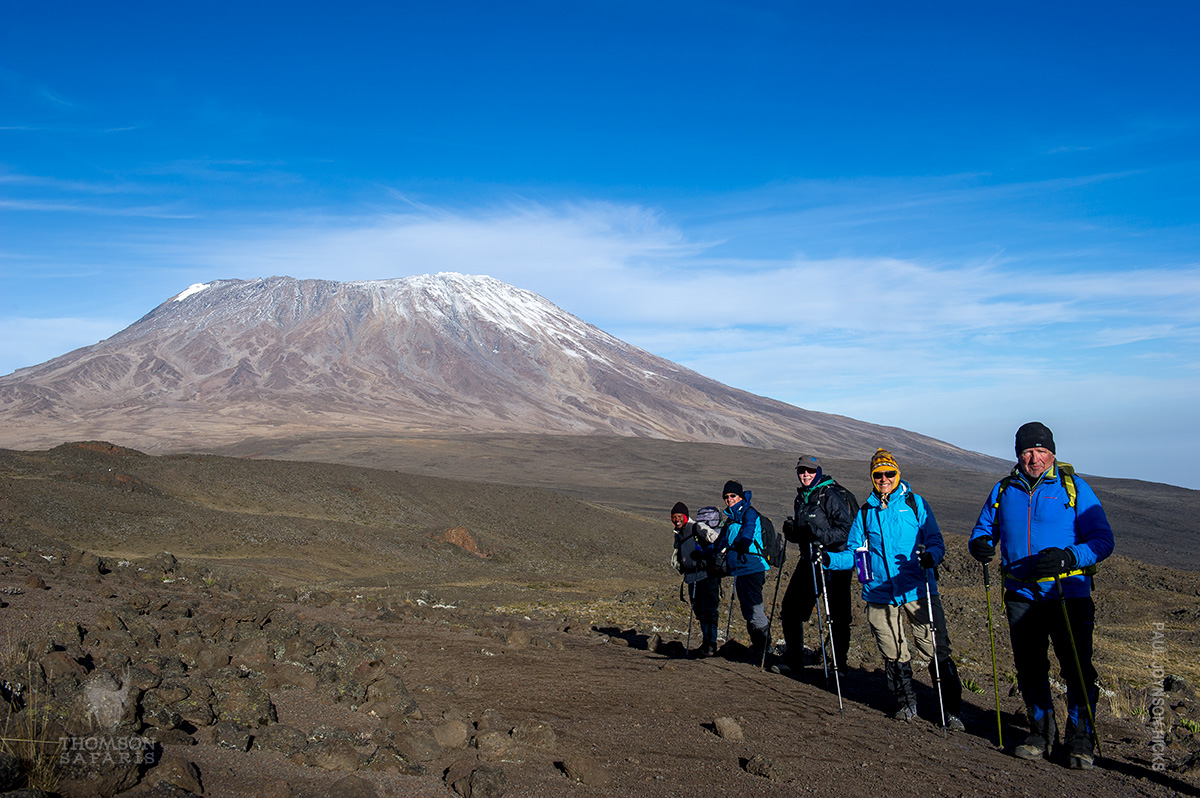
One of our Grand Traverse trekkers wrote a message to us recently. It was titled “Best Selling Points for the Thomson Grand Traverse.”
- “Having a cot off the ground is HUGE!”
- “Not having to wake up and hike to summit in the middle of the night!”
- “Choice of whether or not to sleep at Crater Camp… it’s a GREAT selling point for the Grand Traverse.”
Her list continued, and our excited summiteer summed up her thoughts with a request: You should talk about these things more!
Say no more! We pored over reviews, talked to past trekkers and put together a list – here’s what people love about our Grand Traverse trek.
1. Enjoy More Privacy on Top of the Mountain
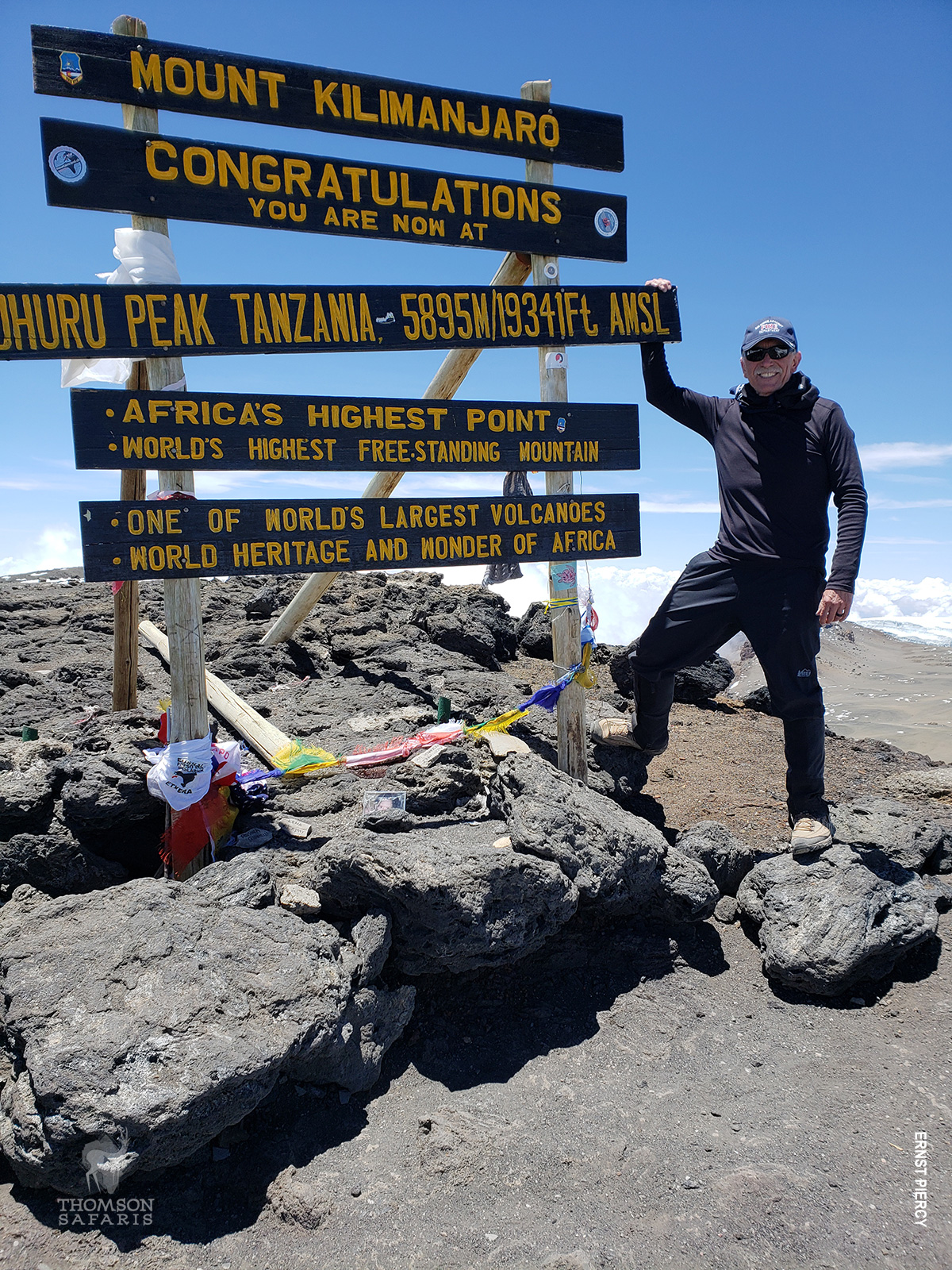
It’s the most important part of the experience – your time at Uhuru Peak, the “Roof of Africa,” the top of the mountain and where the iconic summit sign is located. Thanks to its unique route and the time of the summit bid, Grand Traverse trekkers are some of the few people at the top of the mountain when they summit. Enjoy a serene moment at the top of the world.
2. The Most Acclimatization Time
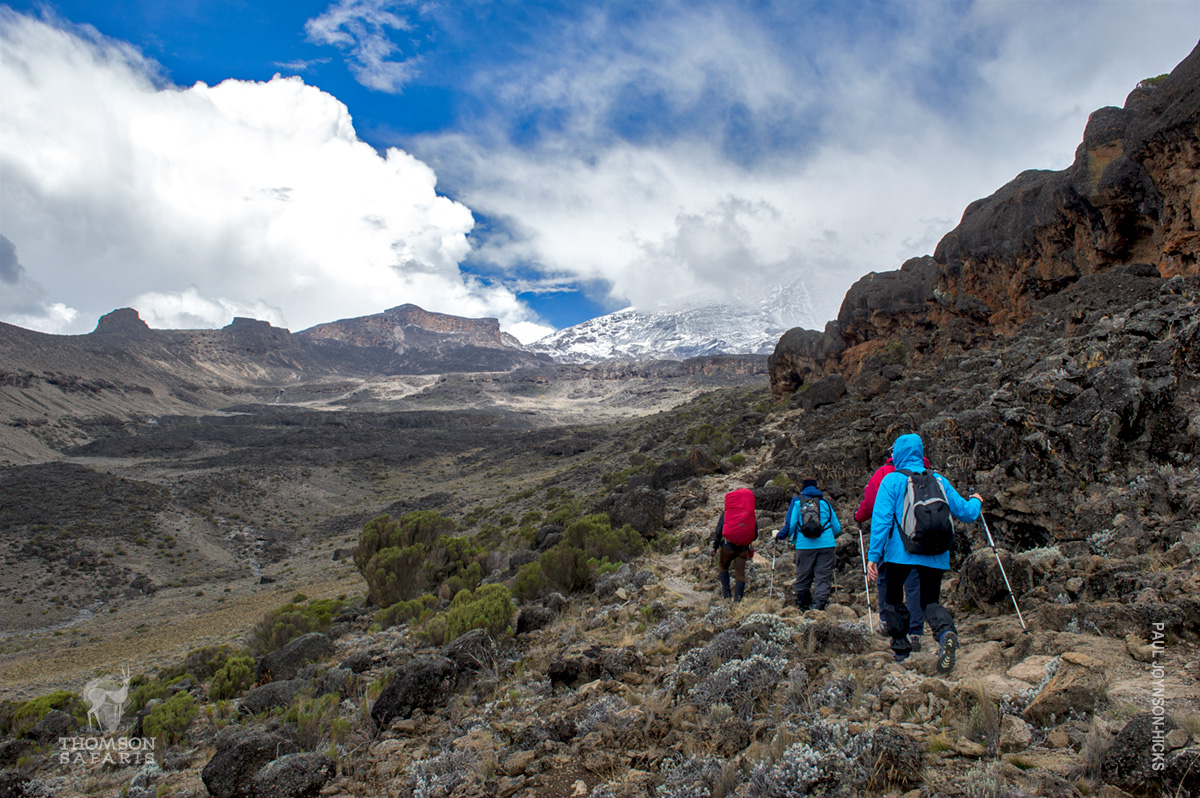
Of course, you need to get to the summit first. Fortunately, our Grand Traverse trek technically has the highest summit success rate of our routes; 98% of trekkers reach the top of the mountain. That’s largely thanks to the extra acclimatization time. Enjoy 7 days trekking and easing into high altitude conditions before taking on a summit bid.
3. Summit Bid, Starting in the Afternoon
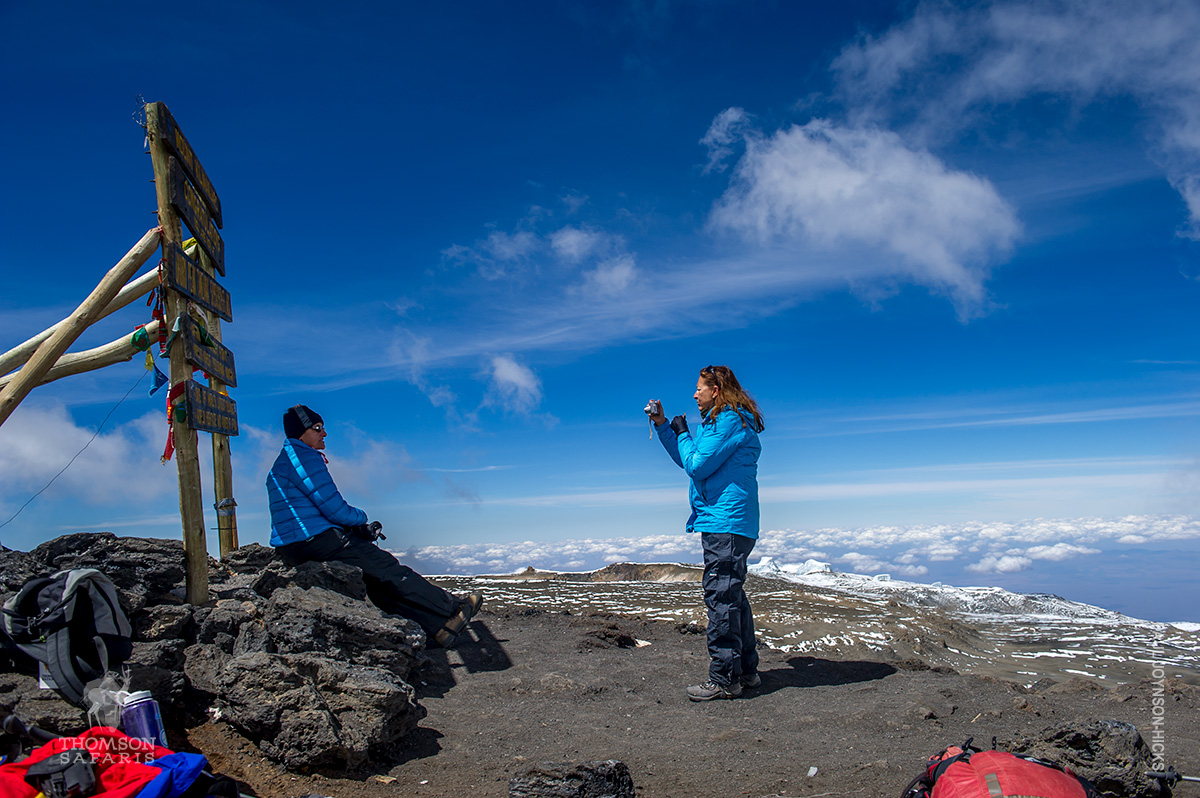
And when you do set out on your summit bid (largely considered the hardest portion of the journey) you’ll get the benefit of a full night’s rest beforehand. That’s a unique luxury on Kili. Most trekkers begin the hike to the summit between midnight and 4 a.m.
The Grand Traverse is different because it leaves from a different camp on summit day. Most trekkers use Barafu camp as a launching pad to Uhuru Peak. The Grand Traverse uses Outward Bound, a more exclusive campsite on the “saddle” between Mawenzi and Kibo. More than that, they use a different camp at the end of summit day.
4. Camp in the Crater at the Summit
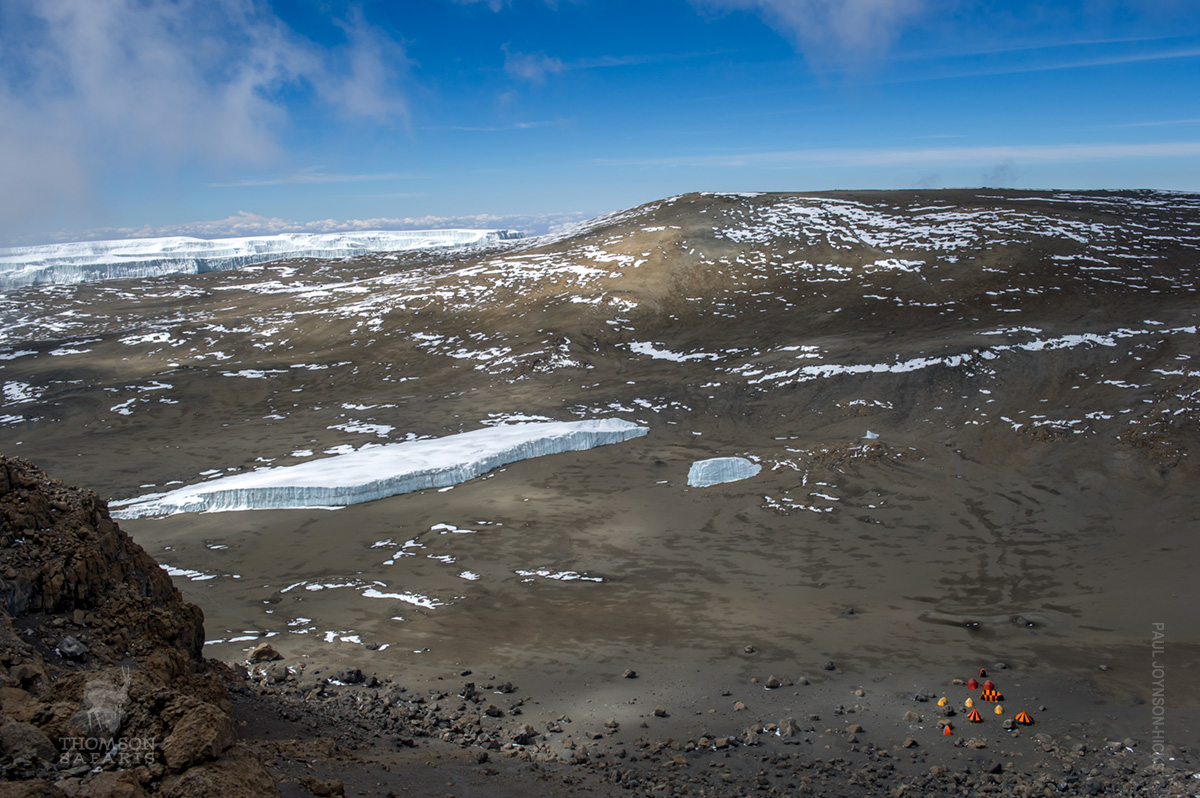
Kilimanjaro is made up of three volcanoes. Conditions permitting, you’ll make camp in the crater of the largest one on summit day – not a bad story to bring back home!
More than that, Crater Camp is an incredibly convenient option for trekkers. We’re often telling travelers that descending the mountain is harder than most think. Summiteers not only have to trudge up the some of the hardest terrain in the most difficult altitude conditions on summit day, they often have to turn around and descend around 5,000 feet or more shortly after.
That’s not so on the Grand Traverse. You can relax a little at the summit because camp is just a short hike 500 feet down into the crater.
5. A Beautiful, Secluded Route Along the Northern Side of Kili
Crater Camp isn’t the only secluded, private part of the trek either. While most Kili routes wind around the southern parts of the mountain, the Grand Traverse snakes along the seldom traveled northern route.
Enjoy remarkable views of Kenya’s badlands, immense volcanic formations and rocky spires, and Mawenzi Tarn’s eerie placid lake – all sights very few Kili trekkers ever see.
6. You Never Have to Sleep on the Ground
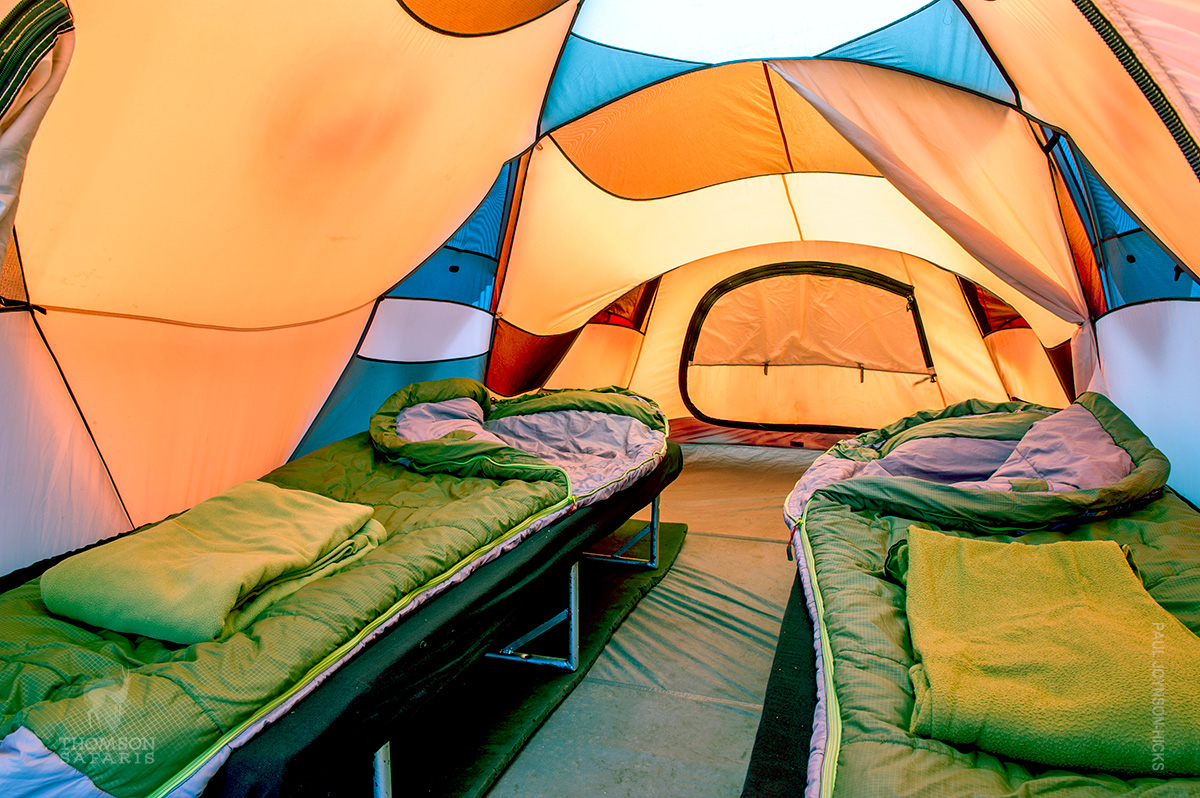
Talk to any mountaineer about optimal sleeping situations and they’ll tell you the same thing: sleeping off the ground is a gamechanger. For most on Kilimanjaro, using a sleeping bag and sleeping pad is just a way of life. Our Grand Traverse guests, however, each receive a cozy cot to curl up in. It makes all the difference on this adventure.
7. Exclusive Campsites, Bigger Tents, Smaller Groups
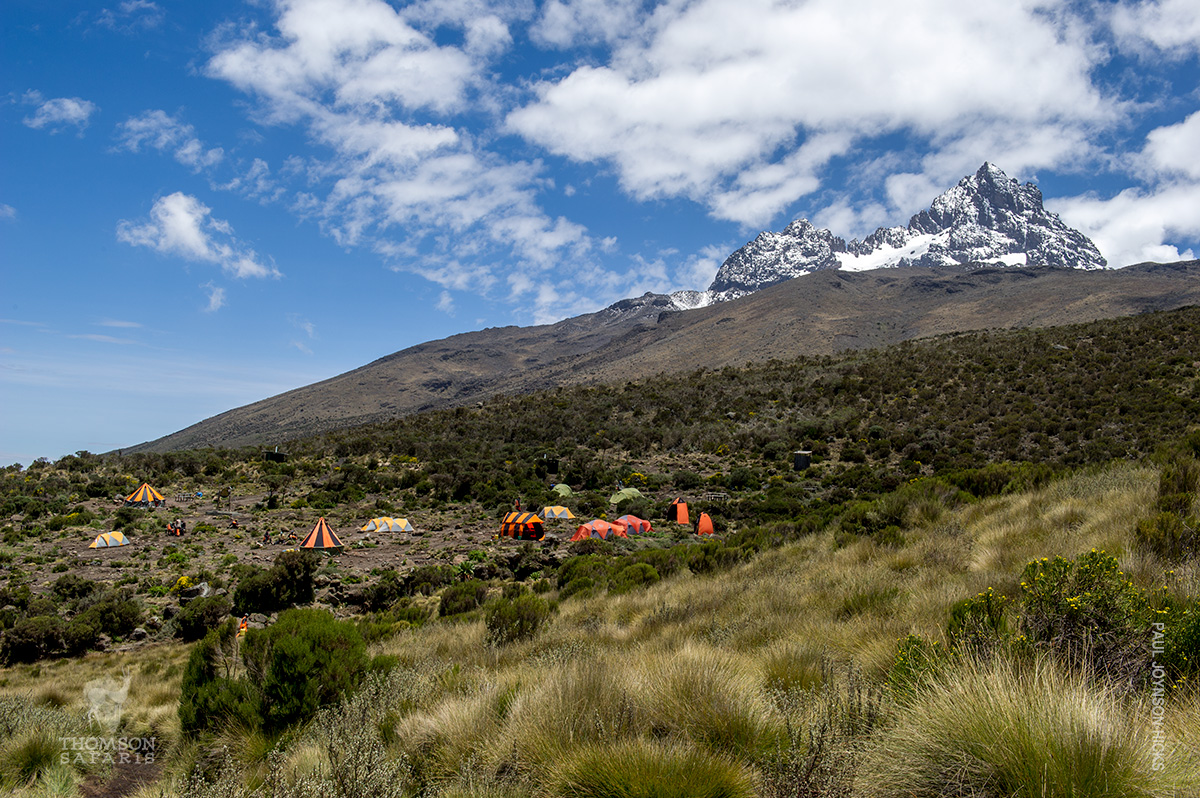
Along with the cots, each trekker also enjoys a bigger tent – large enough for most to stand in. But bigger isn’t always better; that’s why we use smaller group sizes on these journeys, providing a more intimate guest experience.
It’s also why we use exclusive campsites. Tanzania National Parks designates particular areas for travelers to set up camp. It’s common for sites like Barafu and Karanga to have dozens of tents and hundreds of people. Meanwhile, the remote campsites on the northern side of the mountain will give you rare moments of peace and solitude.

